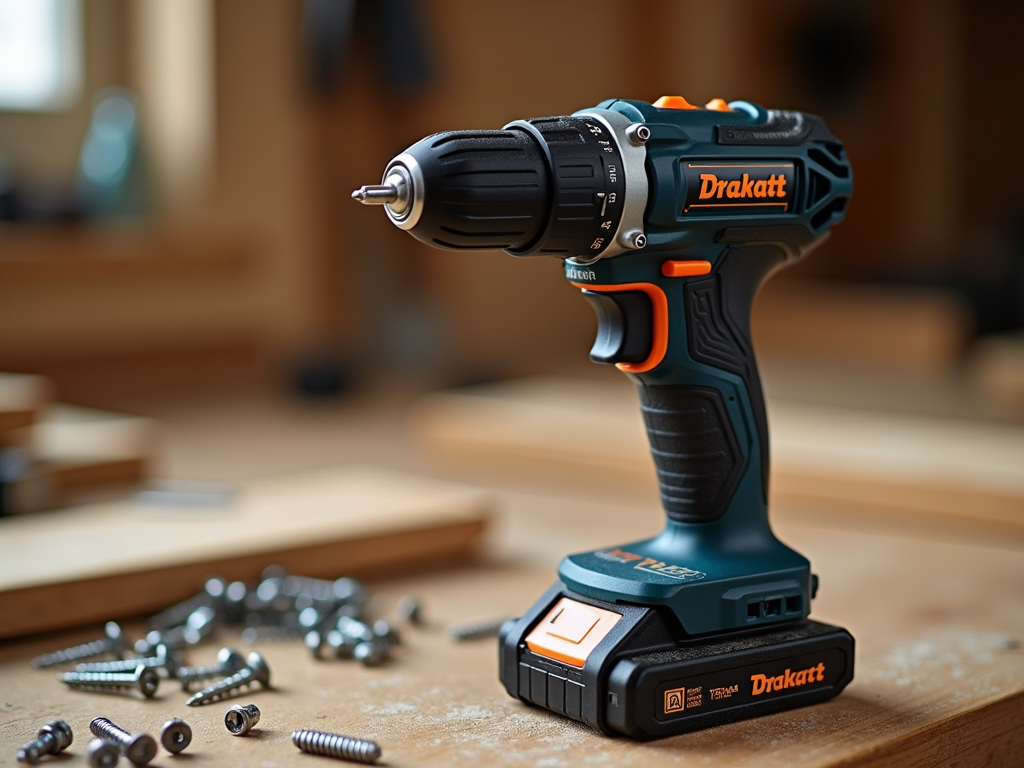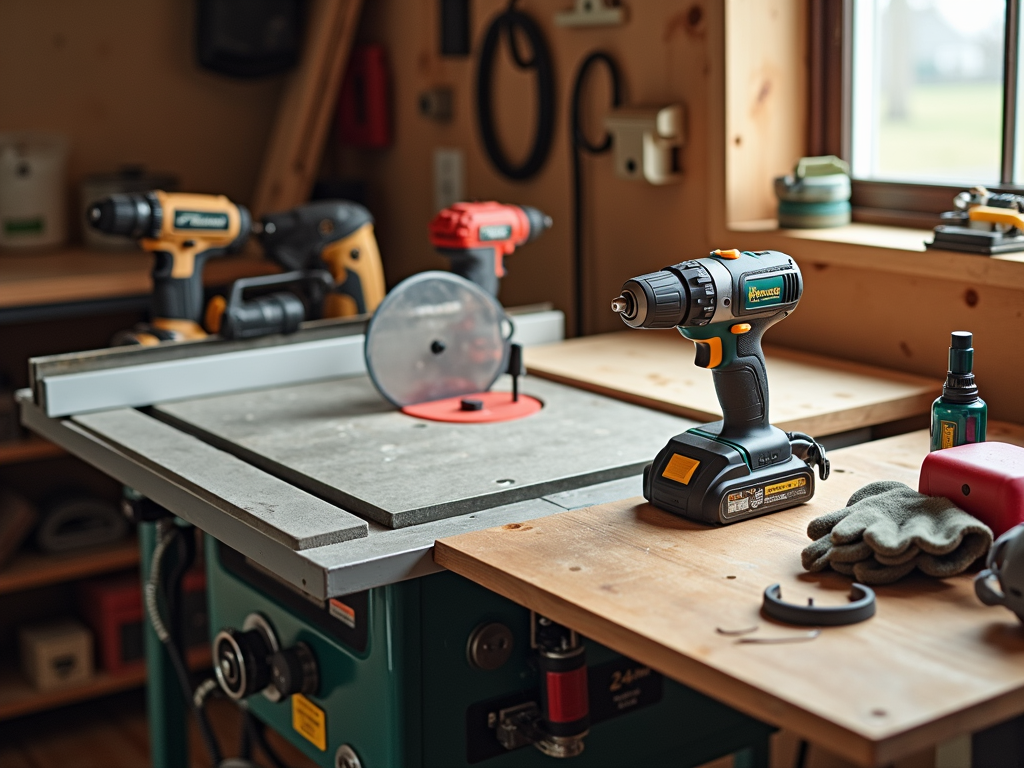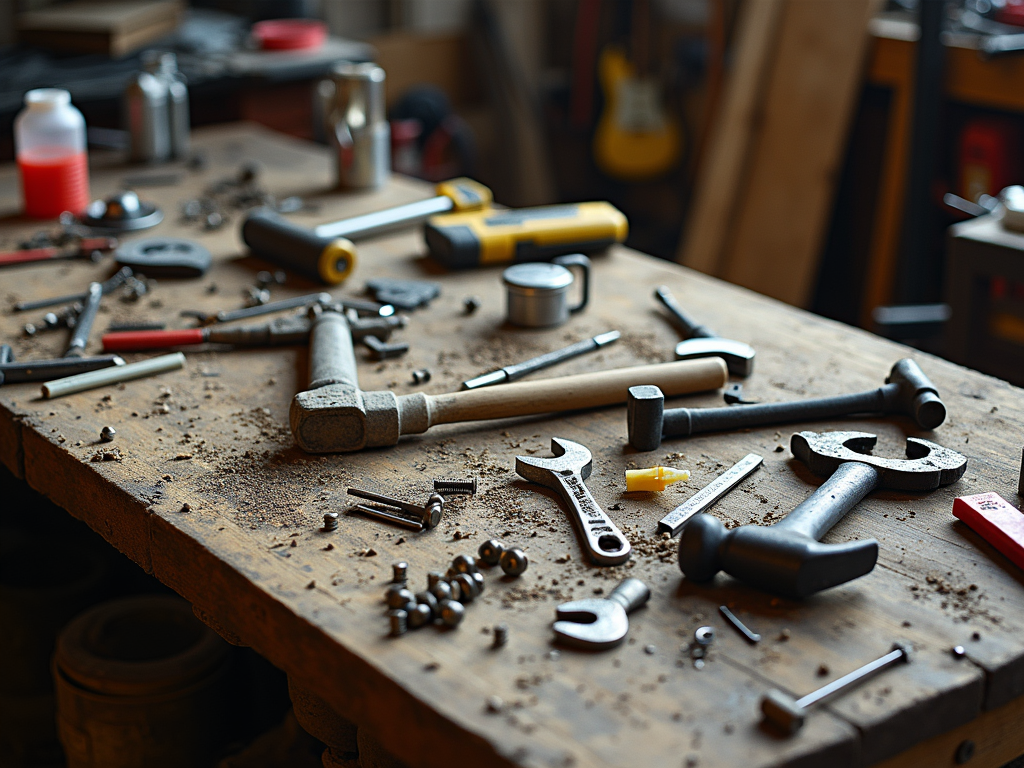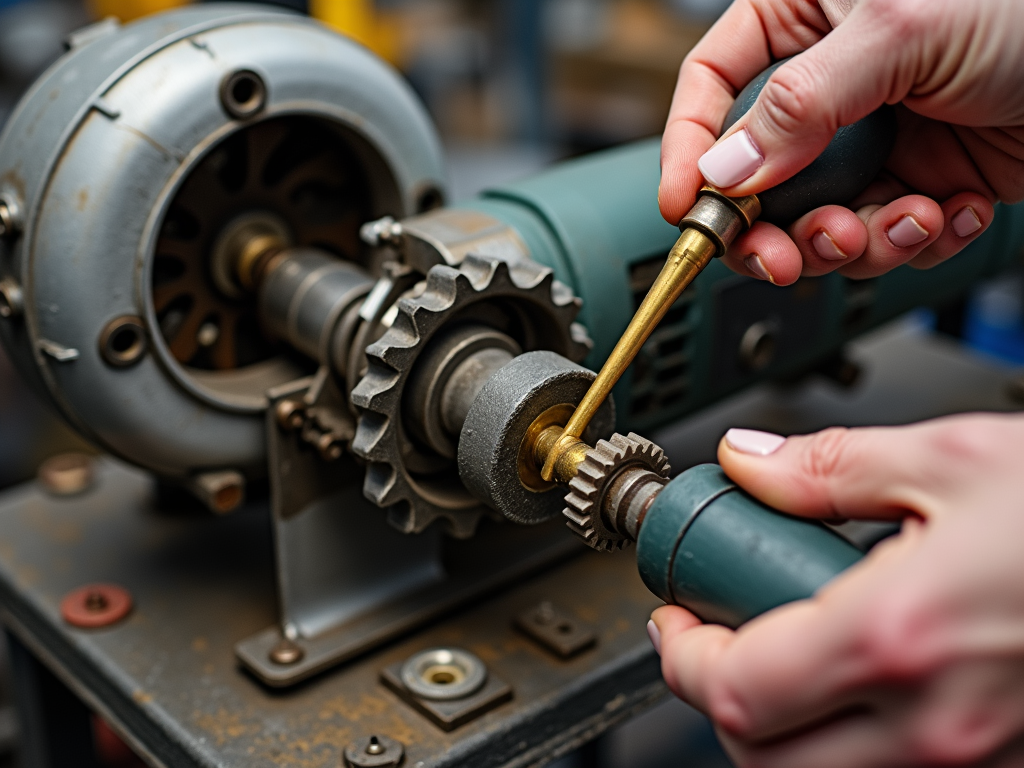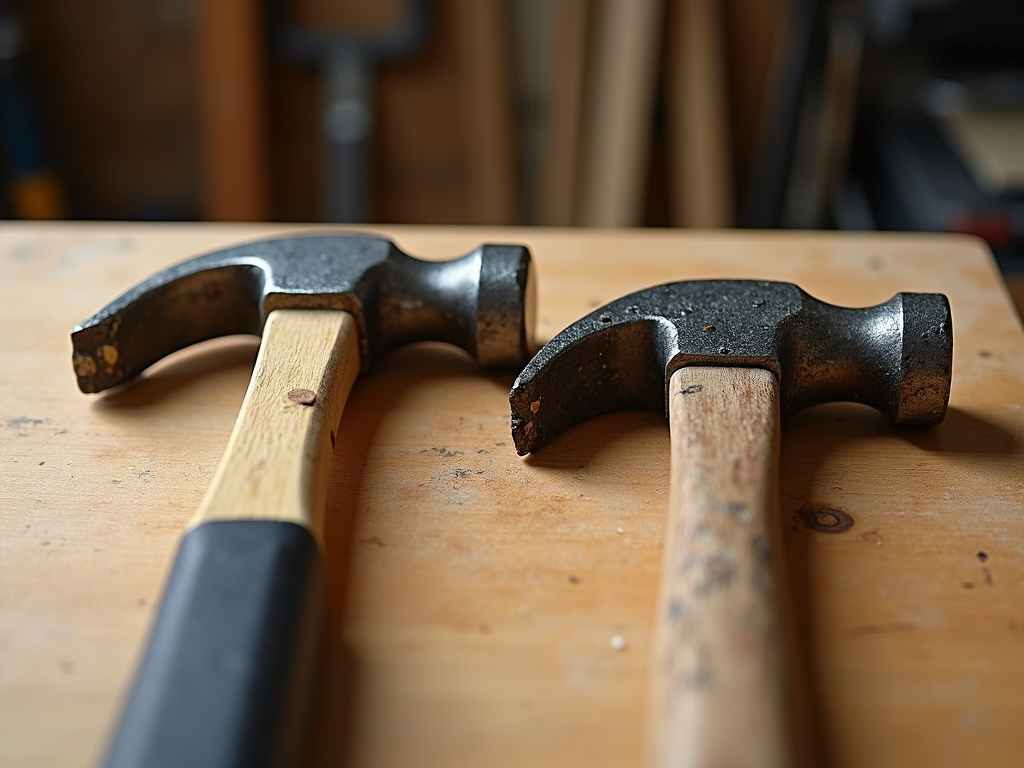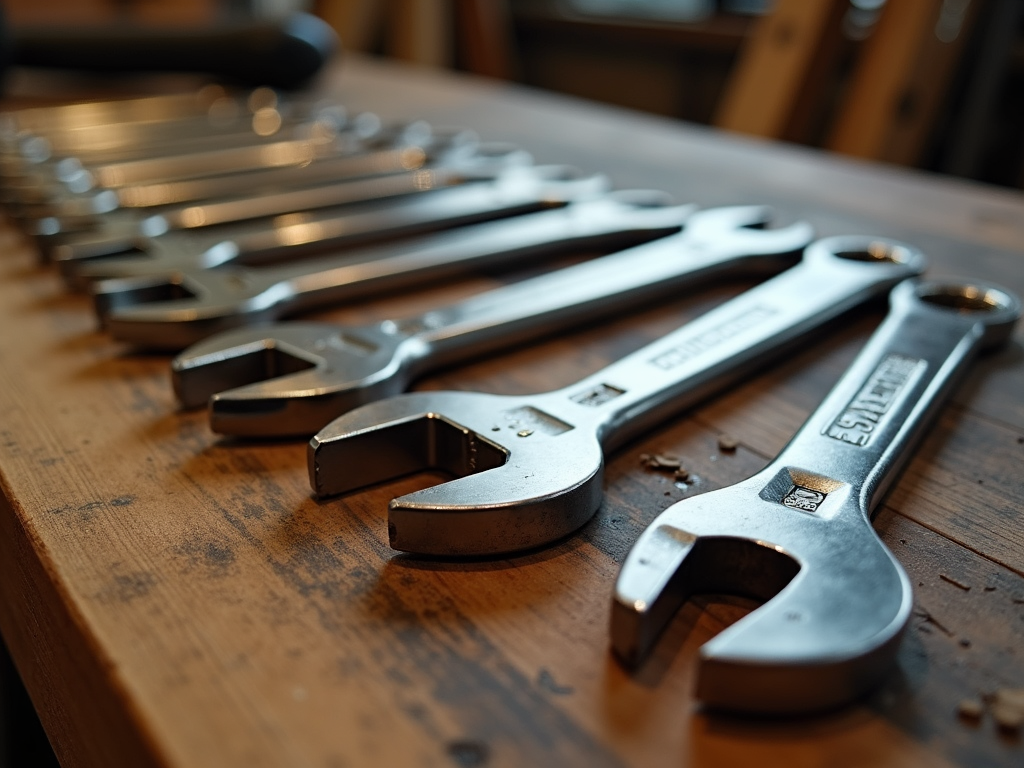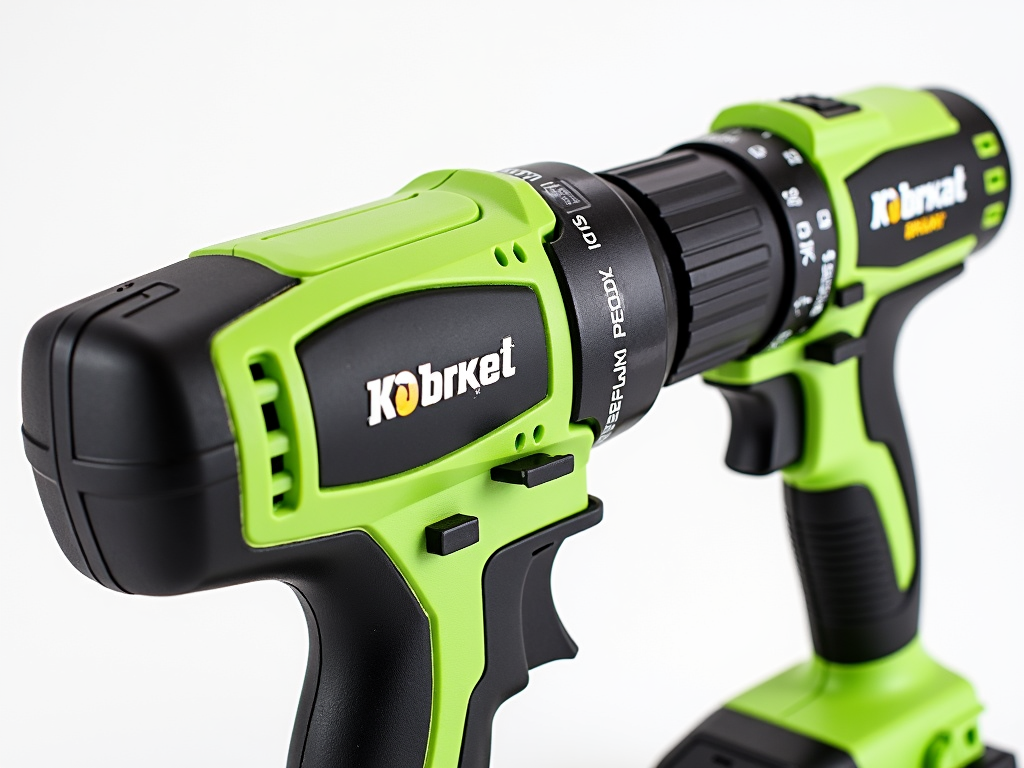Overview
Power tools make DIY projects and professional tasks easier, but they can be dangerous without proper care. This guide offers practical advice on safe usage, maintenance, and organization to keep you safe and efficient.
Did you know that power tools cause over 400,000 emergency room visits each year in the U.S., according to the Consumer Product Safety Commission? Many of these accidents could be avoided. Whether you’re drilling, sawing, or sanding, this guide will walk you through staying safe while getting the job done.
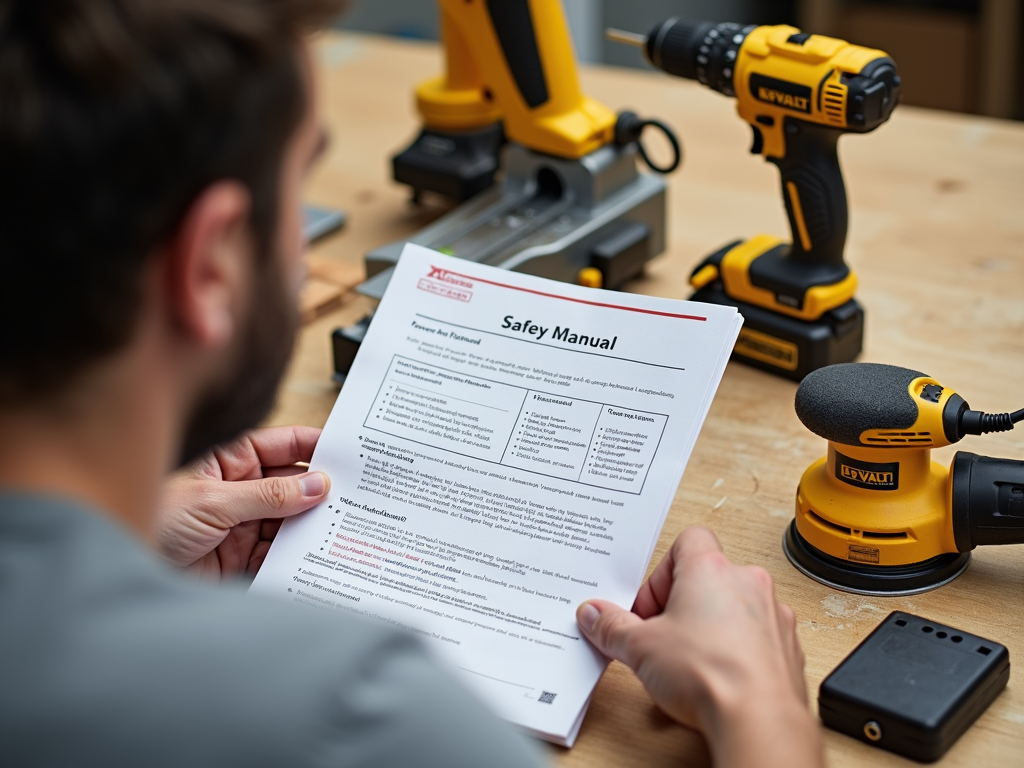
Understanding Power Tool Risks
Every power tool has its own hazards:
- Drills: Tangled cords, flying debris, or shocks.
- Saws: Cuts, kickback, or loud noise.
- Sanders: Dust or hand strain.
Knowing these risks helps you take the right precautions. Always check your tool before starting.
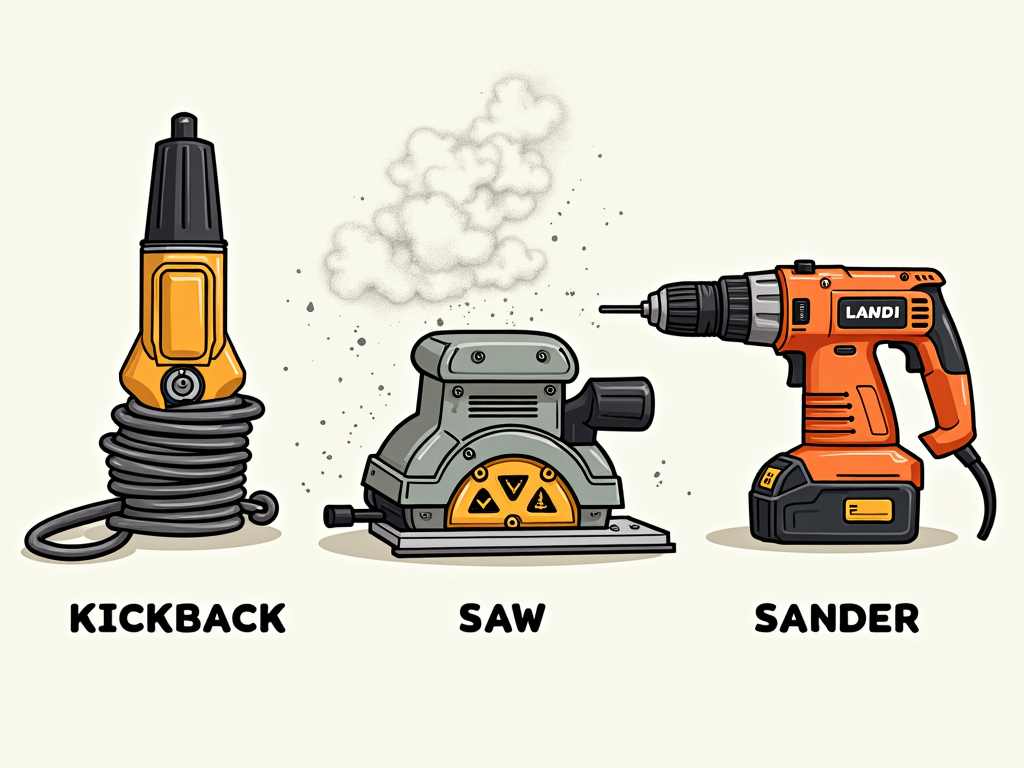
Proper Handling and Usage
Safe handling starts with simple steps:
- Read the manual first.
- Check for damage before use.
- Hold tools firmly with both hands.
- Stay focused—no distractions.
For example, when using a drill, stand steady and keep the bit clear of loose clothing.
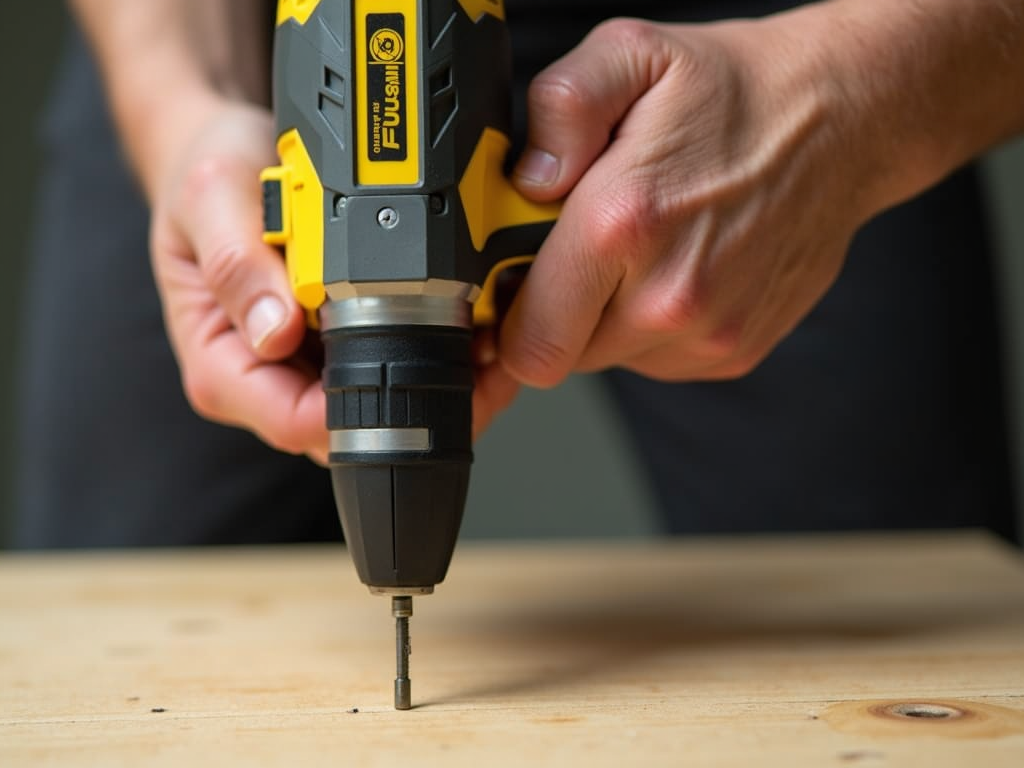
Safety Gear Matters
Protective gear isn’t optional. Wear:
- Safety glasses to shield your eyes.
- Ear protection for noisy tools.
- Gloves suited to the task (not too loose).
- Dust masks for sanding.
Tight-fitting clothes and steel-toed boots complete the setup. OSHA guidelines stress this for good reason.

How to Clean and Maintain Your Workman Tools
Regular upkeep keeps tools safe and effective. Wipe them down after use, inspect for wear, and fix issues fast. For wrenches:
1. Clean off grease with a cloth.
2. Scrub rust with a wire brush.
3. Oil lightly to stop rust.
This prevents slips or jams during use.
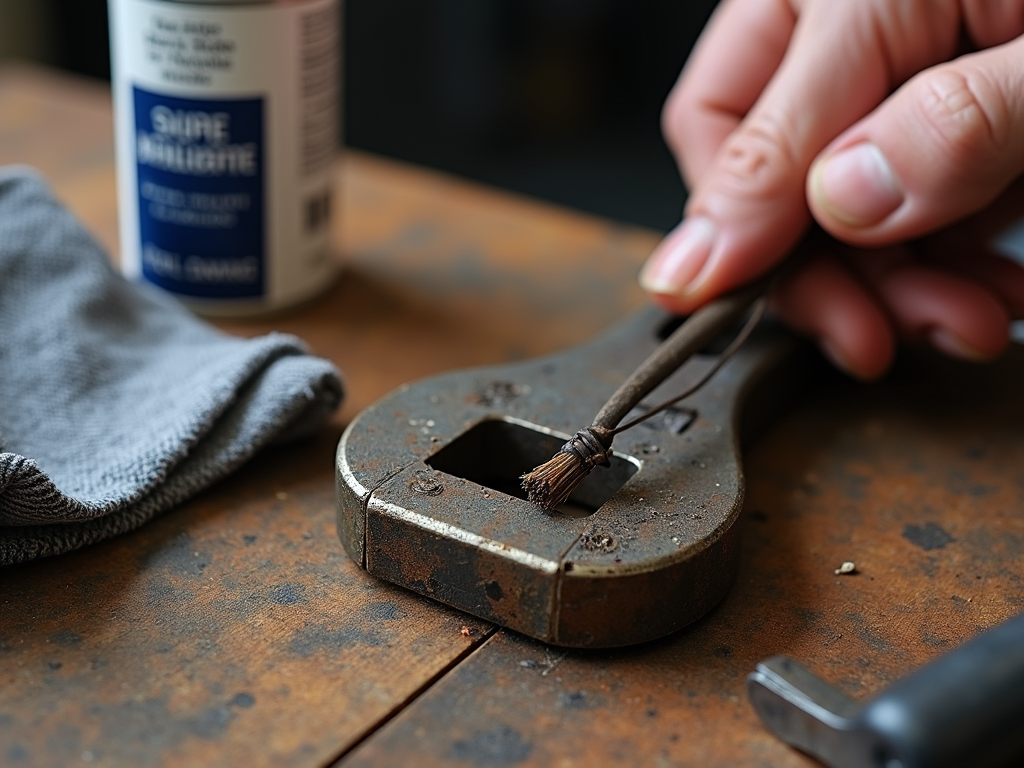
Tips and Tricks for Organizing Your Garage Tools
A tidy workspace cuts risks. Try these:
- Hang tools on a pegboard for easy access.
- Use a tool chest for smaller items like wrenches.
- Clear the floor of clutter.
Good organization saves time and prevents trips or lost tools.
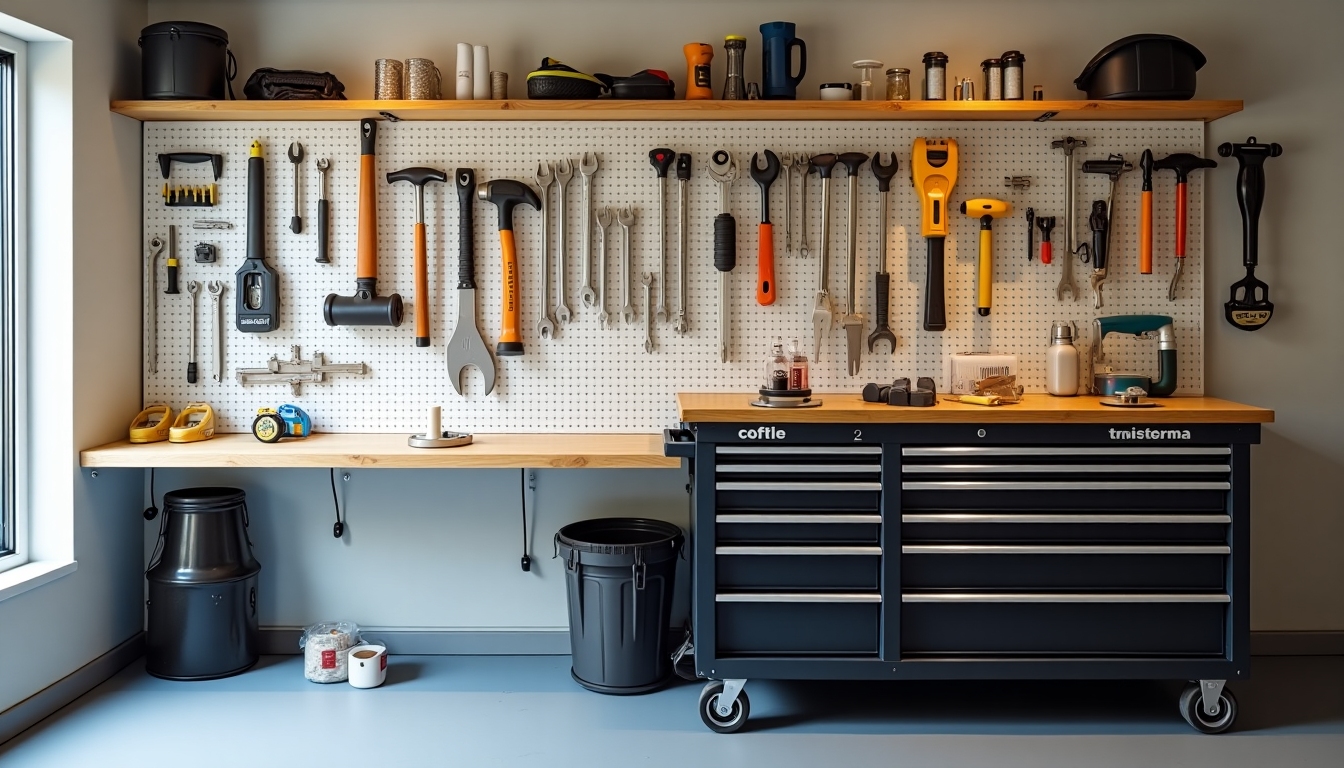
How to Maintain and Store Wrenches
Wrenches need special care. After cleaning, store them in a dry spot—dampness causes rust. Hang them on racks or keep them in a drawer with silica gel packs. A well-stored wrench lasts longer and works better. Check out DEWALT’s maintenance tips for more.
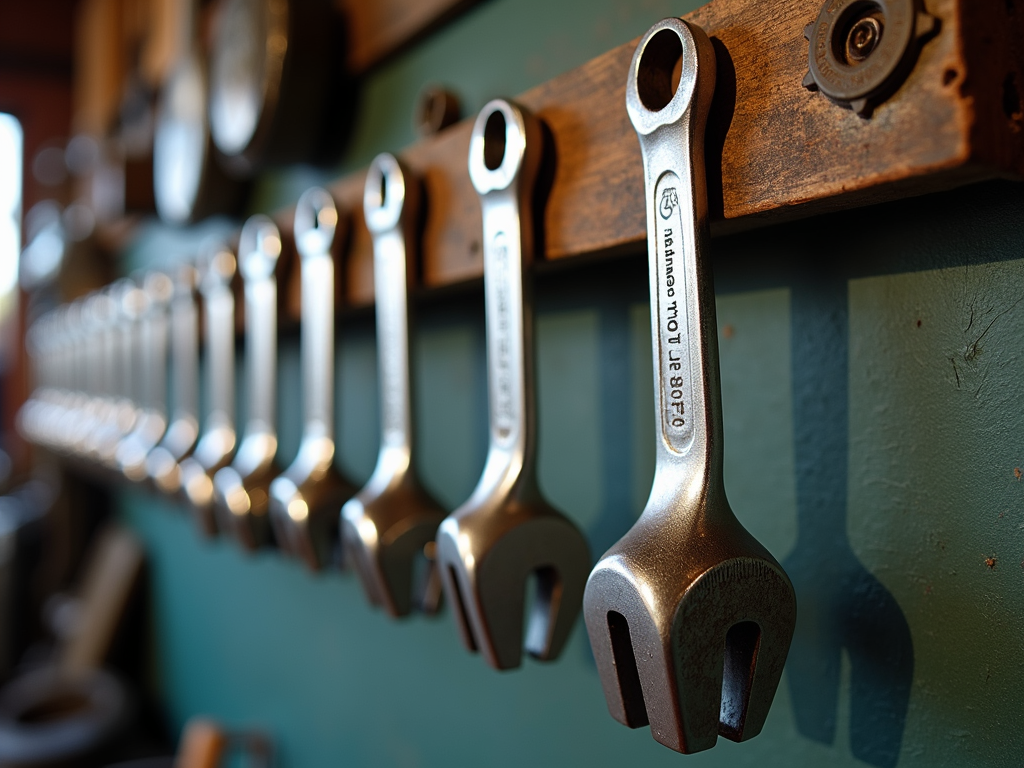
Conclusion
Power tools are powerful allies when used right. Follow these tips—handle them safely, wear gear, maintain them well, and keep your garage organized. You’ll avoid accidents and enjoy your projects more. Dive into the recommended readings below for extra know-how!
Related The Ultimate Guide to Power Tool Safety:
- Care and Maintenance of Your Power Tools: A Guide for Woodworking Enthusiasts
- Key Features to Look for in Cordless Power Tools: Your Ultimate Guide
- A Beginner's Guide to Power Tools for Home Workshops: Essential Tools and Safety Tips
- The Complete Beginner’s Guide to Home Wiring
- Why Upskilling Matters in Automated Factories
- Organizing Your Workbench for Maximum Efficiency: A Comprehensive Guide
- How to Keep Your Power Tools Running Strong
- Keep Your Power Tools Running Strong: The Ultimate Guide to DIY Tools Maintenance
- Choosing the Right Tools for Your Construction Project
- Top-Quality Workman Tools for Contractors: A Comprehensive Guide
- Must-Have Electrical Tools for DIY Enthusiasts: A Comprehensive Guide
- Revolutionizing DIY: How Black & Decker's Cordless Innovations Transformed Power Tools

